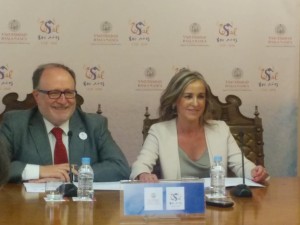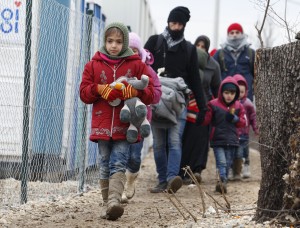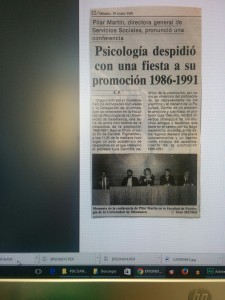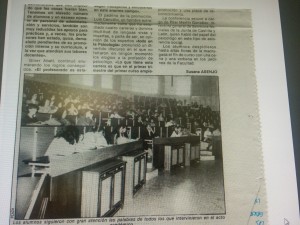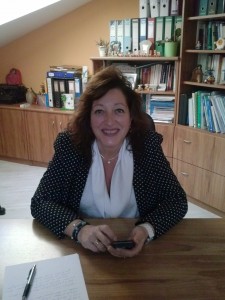DSC_0276
El Rector de la Universidad de Salamanca Daniel Hernández Ruipérez durante su intervención previo al inicio del simposio. Imagen: MIGUEL FORASCEPI.
DSC_0247
La Reina Sofía junto al alcalde, Alfonso Mañueco , y el Rector de la Universidad de Salamanca a la derecha, Daniel Hernández Ruipérez, durante la presentación del IV Simposio Internacional ‘Avances en la investigación sociosanitaria en la enfermedad del Alzheimer’. Imagen: MIGUEL FORASCEPI.
CRE Alzheimer
El alcalde popular, Alfonso Mañueco, durante la presentación del IV Simposio Internacional. Imagen: MIGUEL FORASCEPI.
IMG_20160602_103536
MIRATOVAC_VAS2859_55
On 26 January 2016, a little girl in a red jacket is carrying her toy elephant. She is in the Miratovac Refugee Aid Point with her family behind her, where she can access support services and the UNICEF-supported child-friendly space, where she can rest and play with her peers and once again feel like a child.
In 2015, more than one million refugees and migrants crossed the Mediterranean, arriving on Europes shores, of which an estimated 253,700 or one in four were children. Latest trends show that children now make up 36 percent of the migration flow coming through the former Yugoslav Republic of Macedonia. Woman and children now make up 57 percent of the refugee and migrants with the majority from Syria, Afghanistan and Iraq. Children arriving into a harsh winter in southeastern Europe are physically exhausted, scared, distressed and often in need of medical assistance, UNICEF warned.The recent sub-zero temperatures and sometimes snowy conditions is exacerbating the childrens poor physical condition as many children on the move do not have adequate clothing, or access to age-appropriate nutrition. This has been worsened by the lack of shelter and inadequate heating in some reception centres as well as buses and trains. UNICEF said the issue was pressing as the proportion of children amongst refugees and migrants now more than one in three has continued to increase. According to national sources, in the former Yugoslav Republic of Macedonia, the ratio was 37 per cent in December, compared to 23 per cent in September, while in Serbia, 36 per cent were children in December compared to 27 per cent in September. In December most children transiting through UNICEF child-friendly spaces in Serbia were young children, including babies and infants and those between 5 to 9 years old.



